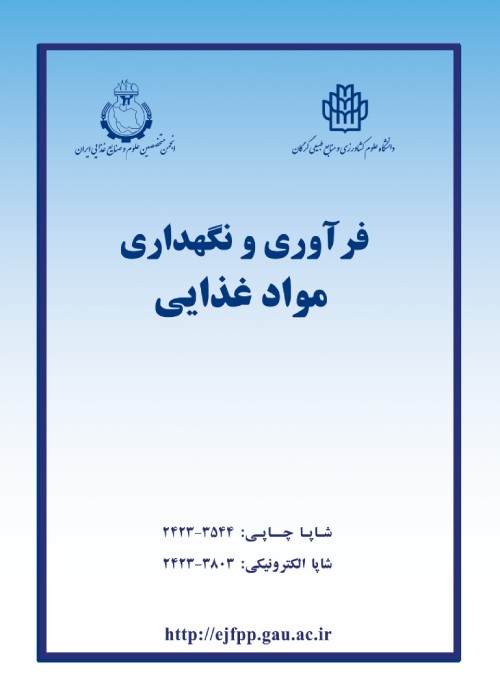Investigation of Physicochemical and Sensory Properties of Functional Dairy Drink Dessert of Cantaloupe Containing Moringa oleifera and Spirulina platensis
The growth of consumers' attention to the role of nutrition in health and well-being is the first driving force for the production of functional foods. In recent years, the tendency to produce and consume fortified foods has been increasing worldwide. Milk and dairy products are an important group of functional foods. Its protein, calcium, phosphorus, iron, riboflavin, and vitamins A and B12 play important roles in the human diet. Flavored dairy drinks are a major part of dairy products. Although they are considerably consumed, especially their probiotic and prebiotic types, they have a lower sales share compared to yogurt and milk. The purpose of this research was to produce a cantaloupe prebiotic dairy drink dessert. For this purpose, the formulation of this drink was examined in four treatments.
First, the dry ingredients of the formulation, including cantaloupe essential oil (0.02%), sugar (2.5%), modified corn starch (2.5%), and inulin (5%), were mixed in 100 ml of milk. After the heating and cooling processes, the cantaloupe prebiotic dairy drink dessert was produced (control sample = T0). In order to prepare the treatments, 2% Spirulina platensis for the first treatment (T1), 2% Moringa oleifera for the second treatment (T2), and a combination of 1% Spirulina platensis and 1% Moringa oleifera for the third treatment (T3) were used. The protein content was measured by the Kjeldahl method; the color by a colorimeter; the pH by a pH-meter; brix by a refractometer; and the antioxidant activity by the DPPH method. The calcium content was quantified by titration with EDTA; potassium content by a flame photometer; iron content by a spectrophotometer; and viscosity by a viscometer. The sensory properties were assessed by 10 panelists using the five-point hedonic method. The tests were examined for all the treatments on the 1st and 8th days of storage.
The results showed that T2 had the highest amounts of calcium, potassium, iron, ash, viscosity, and antioxidant activity, which had a statistically significant difference with the other treatments (p<0.05). According to the results of sensory evaluation, T2 received significantly higher scores in terms of mouthfeel, appearance, color, taste, consistency, and overall acceptance, compared to the other treatments (p<0.05).
The results showed that the best treatment in terms of nutritional value, sensory properties, and physicochemical properties, was the treatment containing 2% Moringa oleifera. Further studies are suggested for using this nutritive plant in the formulation of other food products.
- حق عضویت دریافتی صرف حمایت از نشریات عضو و نگهداری، تکمیل و توسعه مگیران میشود.
- پرداخت حق اشتراک و دانلود مقالات اجازه بازنشر آن در سایر رسانههای چاپی و دیجیتال را به کاربر نمیدهد.


